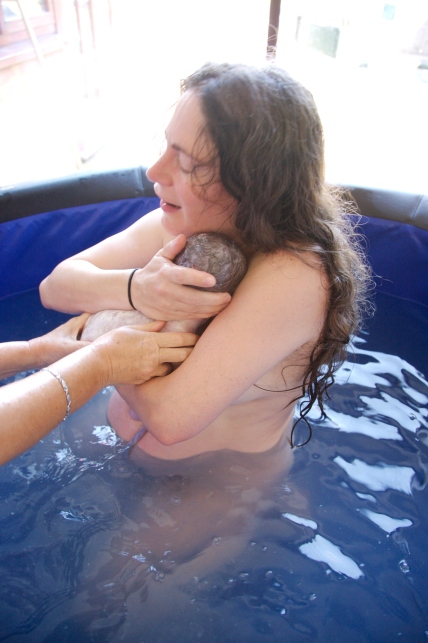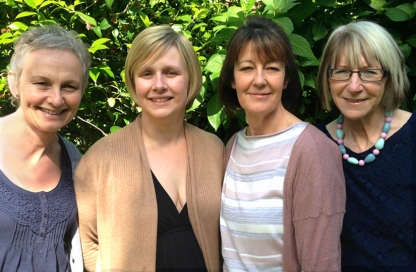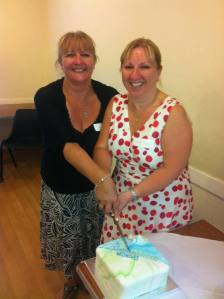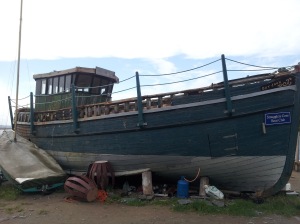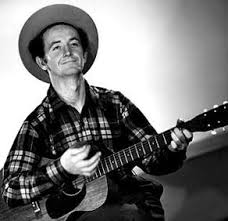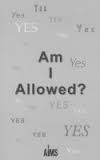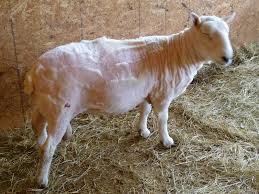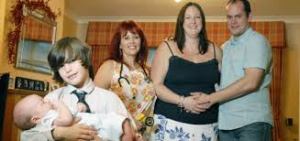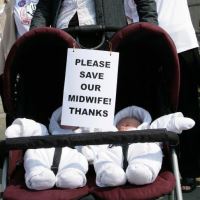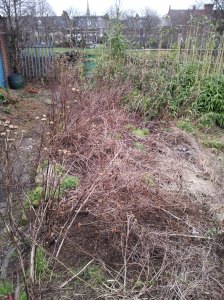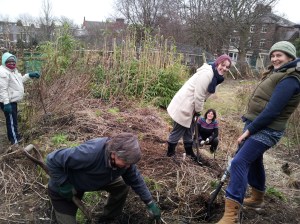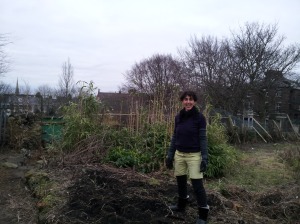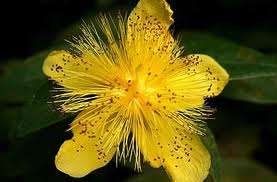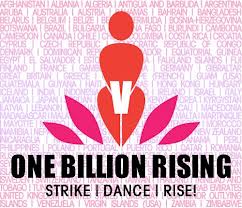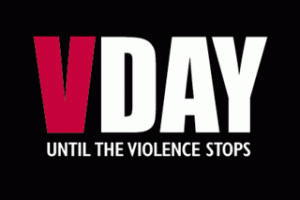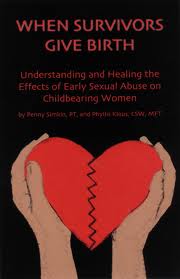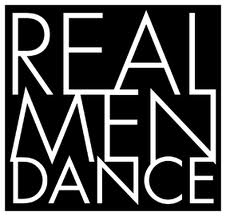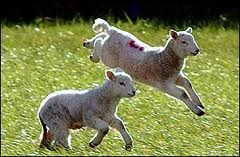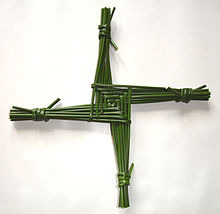Some weeks ago I facilitated a healing space for women who had experience of abortion. The idea grew from reading a ritual in the book Conscious Conception, which describes a talking circle in which both men and women are invited to come and share, through talking, their experience of abortion. The circle begins with some songs to create a sense of unity, and ends with singing, but the heart of it is the sharing of people’s stories. Most powerfully, after everyone who has a story to tell has shared their experience, the ritual goes right back to the start and everyone is invited to tell their story again. The author describes just how much deeper, richer and fuller the second tellings are. People feel more able to connect, they allow themselves more fully to feel their emotions and to discover what lies within them, the second time around. The author suggests that people place power objects in the centre of the circle, the most powerful of all being a box of tissues. It will be much used.
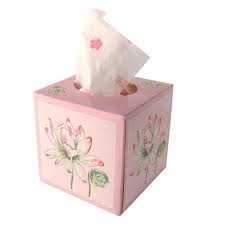
Since reading about the ceremony I had felt drawn to holding such a ceremony for women I knew who had had abortions. I knew there were at least two close friends who still felt some trauma from their experiences. And as I started to mention the idea to people, other women started coming forward saying they thought they would benefit from the ceremony too.
For months I had planned this, thinking I would follow the directions in the book. A simple talking circle, with a box of tissues, what could be more simple and yet powerful?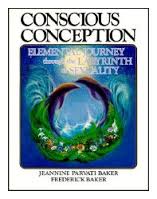
But something seemed lacking to me. The body.
In South America there is a ritual that is still practiced today for women who have recently had a baby. Rather poetically, it is called ‘closing the bones’. It is so simple, and so powerful, and is as much needed by most women on this side of the oceans as there. But here, women don’t have it – instead they are left to continue experiencing an emotional, energetic and often very physical sense of openness after the birth. Unlike their foremothers, they no longer have a culture of being bound with cloth postnatally; no cultural traditions to help them come back to centre and strength.
In my role as an holistic midwife I had done this ceremony with several postnatal women over many years, even to women who had given birth decades ago, and in every instance the woman had found it to be incredibly powerful and healing. It is a simple ritual at its heart: give the woman some time and space to consciously process the experience, keep her warm, then a ŵrap her up tightly in long bits of cloth with the attention on closing the open energy she had to have to have a baby.
That’s the simplest form. the full ritual involves a hot bath or steam with healing herbs, the woman being kept very very warm at all times, perhaps some massage, perhaps a chance for her to tell her story, and the cloth closing.
As any woman who has any experience of pregnancy will know, being pregnant, even if only for a short while, involves an opening on the deepest level of both the body and psyche. Thus it follows that however a pregnancy ends, be it with a live or stillbirth, miscarriage or termination, it is always appropriate to follow it by an energetic closing.
And through such attention to her physical body, a woman’s heart and mind can process, grieve anything that may need to be mourned, heal and move on (there’s usually something to grieve, even when a woman’s had a totally rocking birth… like one’s sense of independence and a time of being responsible for only oneself).
I found this example of the kind of thing I’m talking about:
So that’s what we did in the end – an abortion closing of the bones ceremony. The women who partook said it was extremely powerful and healing, and much needed, even nearly two decades after the fact.
One man joined us, and all there found his presence deeply supportive.
We all mourned the fact that such acknowledging and healing rituals are not more commonly done in this part of the world. There is immense power in being witnessed in your pain and grief. And it is an immense honour to witness it.
We all wanted women and men, everywhere, to start doing such ceremonies for each other.
So, here follows instructions for how to have an abortion closing of the bones ceremony. It can be done just for one person, with at least two people in attendance like in the video or, with a bit of imagination and a bigger group, for several people at once. We had a group of about eight people supporting two women.
Please feel free to change this in any way that suits your personal circumstances, but most importantly please, please talk about this, share this blog, ask for this if you yourself are the one who needs it, or offer it to the others if you know, or even suspect, it would do them good.
Recipe for closing the bones
Ingredients
At least one strong long piece of cloth. Six or seven is ideal
A warm room
A hot bath
Friends, at least two
Warm cups of tea
Lovely healing herbs
Warm massage oils
Towels and blankets you don’t mind getting oil on
Some appropriate songs, if singing is your bag (we used the incredibly powerful Gaelic mourning song ‘Nahey’, which you can learn from the great CD ‘Singing the Cycles of Our Lives’ (the pink one!)
Preparation
Prepare a room so it is warm and lovely. Run a bath and fill it with beautiful petals and herbs. (Note that many petals stain enamel baths, so do be careful here.) Gather together the support people and the person or people receiving healing in the lovely room. Invoke the presence of family and friends who can’t be there.
Begin by asking those receiving healing to tell their story. Have tissues ready. And an awareness that you may be about to witness the deepest sorrow, accompanied by the strongest wails and even roars of anger and the most grief you’ve ever seen in your life. Do not try to stop this. Do not give tissues. Simply have the box nearby, feel ready to hug her or rock and sway her if it feels right, but the strongest thing you can do is simply to hold the woman in your loving attention so that she feels able and supported to express the depths of her emotions about this that she has never been able to do before. No one has ever asked her before.
Once she has told her story and grieved in any way she needs to, lead her in darkness to the still-warm bath and leave her in it, or perhaps stay with her a while caressing or massaging her, as she desires. Make sure she has water or tea to drink. It is most powerful if you do leave her alone, if possible in darkness, for some time. To let her know you are still there, you can be standing outside the door of the bathroom, singing, giving her your full love and support with your voices and yet the space for her to process in whatever way she needs in the sanctity and safety and privacy of the bath.
After twenty minutes or so collect her, with an awareness that she might feel dizzy and faint when she stands. Help her if she needs, dry her and bring her to the warm room, where you have made her a nice cosy nest to lie down on. Allow her to lie still in silence for ten minutes or so covered in many blankets so she gets really hot. Heat is a very important part of the whole process and mustn’t be left out. Whatever you do, make sure all rooms in the house she might go in or through are warm. Then, using warmed massage oils, give her a gorgeous massage using long, smooth strokes.
Allow her to dry any excess oil off and to get dressed. Arrange the cloths on the floor (see the video below for an illustration). She then lies down lengthways across the cloths. Two people sit either side of her feet and, starting at her feet, cross the piece of cloth beneath her feet tightly across her body by taking hold of one end and passing it to the other person. The two of you then pull hard so that her experience is that her body is being squeezed. Hold this tension for some time, then let it go and move up her body, crossing over the next cloth which is beneath her legs so that higher up her legs have the same experience. Do not be afraid to pull too hard, she will tell you if it is too much. In this way, work all the way up her body, paying special attention to the area around her pelvis. Stay here for a long time, pulling hard and long. Then move up to her chest and shoulders. Do not omit to do her head.
Then begin to unwrap her from the head down, perhaps singing.Iinvite her to lie there for as long as she needs, and when she’s ready to join the circle again to start by singing the song, so you know to help her up.
And that’s it. It may sound simple. It is. But my, how powerful. When we did it It took five hours. It was a pretty mega experience for all of us there.
Feel free to add in other elements, change things, do it for more than one person if, like me, you have the facilities to have two baths run at once (in my case, one being a big paddling pool!). Or perhaps you have friends who are willing to share a bath together. Birth pools are good too. You know yourself and your friends best, so trust yourself to know what’s right for them. Or you could ask what they would prefer.
Depending on the scale of your ceremony, you may want to have an assistant helping you. It’s a bit like being at a birth really: the bath needs kept warm, there is tea to make, cloths to lay out, massages to give… If you’re just doing it for one woman, two people to do everything is fine, but in my experience holding the space for two women, I needed an assistant. He did an amazing job at fixing the hose, running the baths, keeping them warm when it turned out the stories I thought would take 20 minutes to tell took an hour, boiling the kettle, pouring the tea, drumming while we did the wrapping.
Or you could do it yourself, like in this video: (no idea what she’s doing with the spoon! Or how to do that beautiful belly binding thing at the end):
I wish you and your friends, sisters and community a beautiful, healing time.
Thanks to Bex and the other teachers who have shared with me their closing of the bones ceremonies.
Om Shanti
